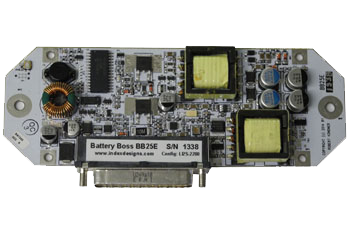
SunDuino is a Single Board Computer with integrated Battery Charger, Voltage Regulators, I2C, Digital and Analog IO. It’s main benefit is that it can run a compiled C app for years on a small battery or forever using built in solar charger. A background RTOS provides SLEEP functions for reducing operating current to 100ua while providing 125ms periodic wakeups. Sunduino comes in 25W and 10W versions to better suit your application. Take a look at the manual and Datashseet. Also the schematic and PCB layout is available for free.
Key benefits of SunDuino:
- Battery charging logic is optimized for long battery life using temperature monitor. The SunDuino is a software defined charger, it supports many battery chemistries and sizes.
- Low current operation provides long battery life and runtime. An internal RTOS keeps battery monitoring, power event monitoring, user C Application and SLEEP mode all operating on a 100ua drain. Small batteries can run for years.
- Regulated output voltages of +5. +3.3 and +/-12 for the powering of external hardware. Radios, other processors, relays and LEDs are examples of external hardware which requires regulated voltages.
- Runs compiled C Applications and various library function for complete user control of power operation. Greatly simplifies system integration.
SunDuino – Run your C application using solar power – [Link]





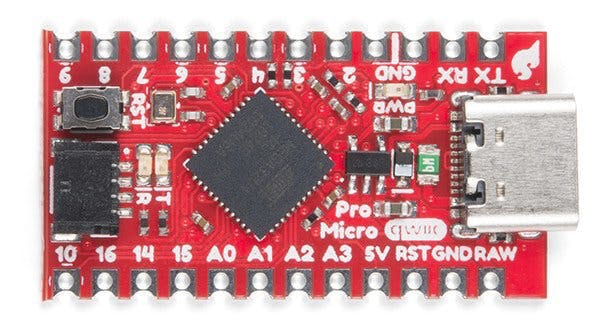
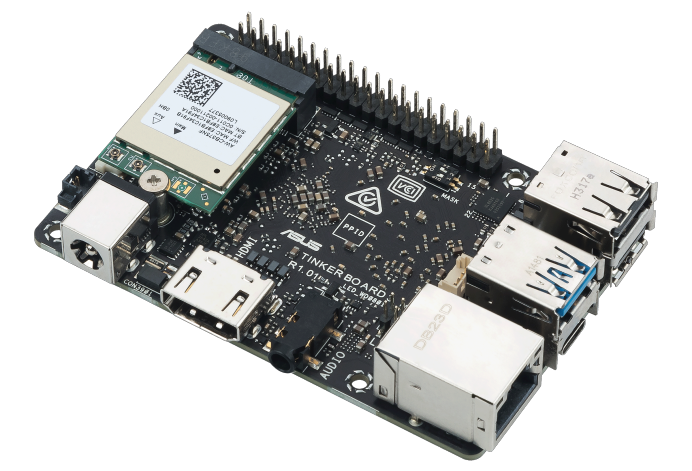

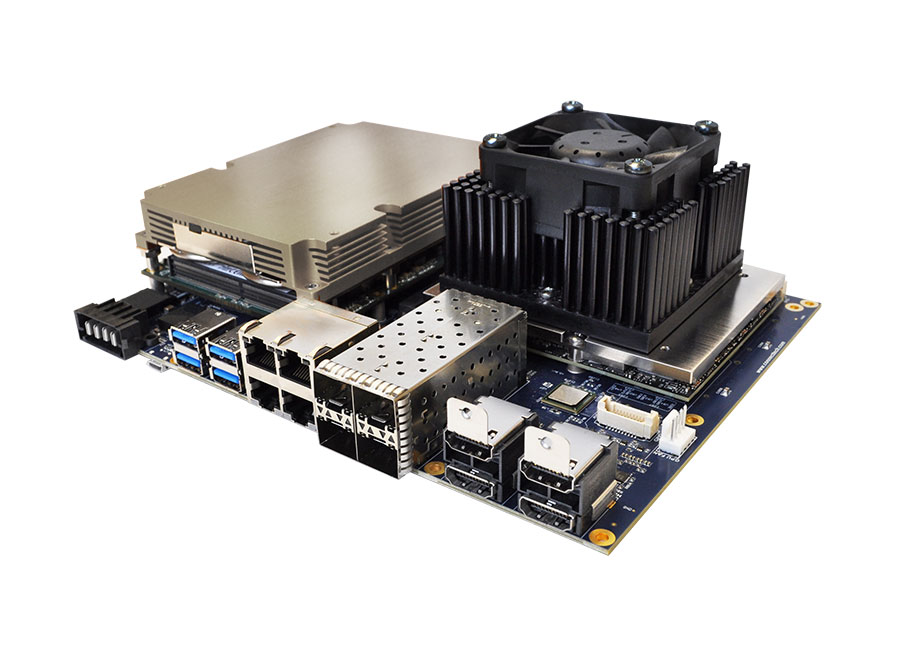
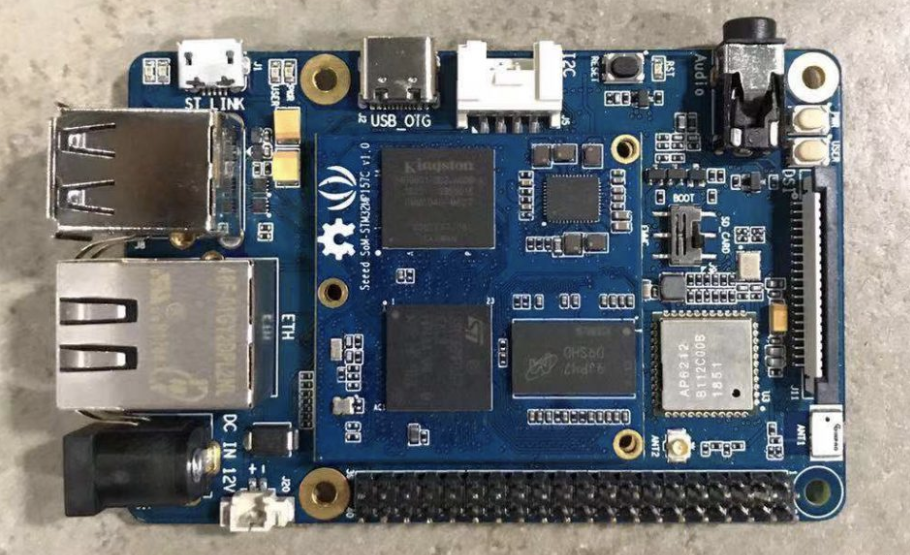








I have years of experience in these areas and I am happy to take questions. bob@sunduino.com
What’s up with the parallel port? Seems unusual these days and make the board look a bit dated.
Hi,
It is not a parallel port! It is a 25 pin D and I used that for a couple reasons:
1. Easy to connects, solder cup styles make for easy user wiring. Get these anywhere.
2. The pins on a 25 pin D are rated for two amps.
3 You can use mass term connectors to easily build multiple systems. (I have used multi wires on some circuits so even the #26 mass term cables can be used.)
There are connection for input DC (wall wart or solar panel) battery, +5,+3.3, +/-12 regulated outputs, serial port and a few other lines.
Thanks,
Bob